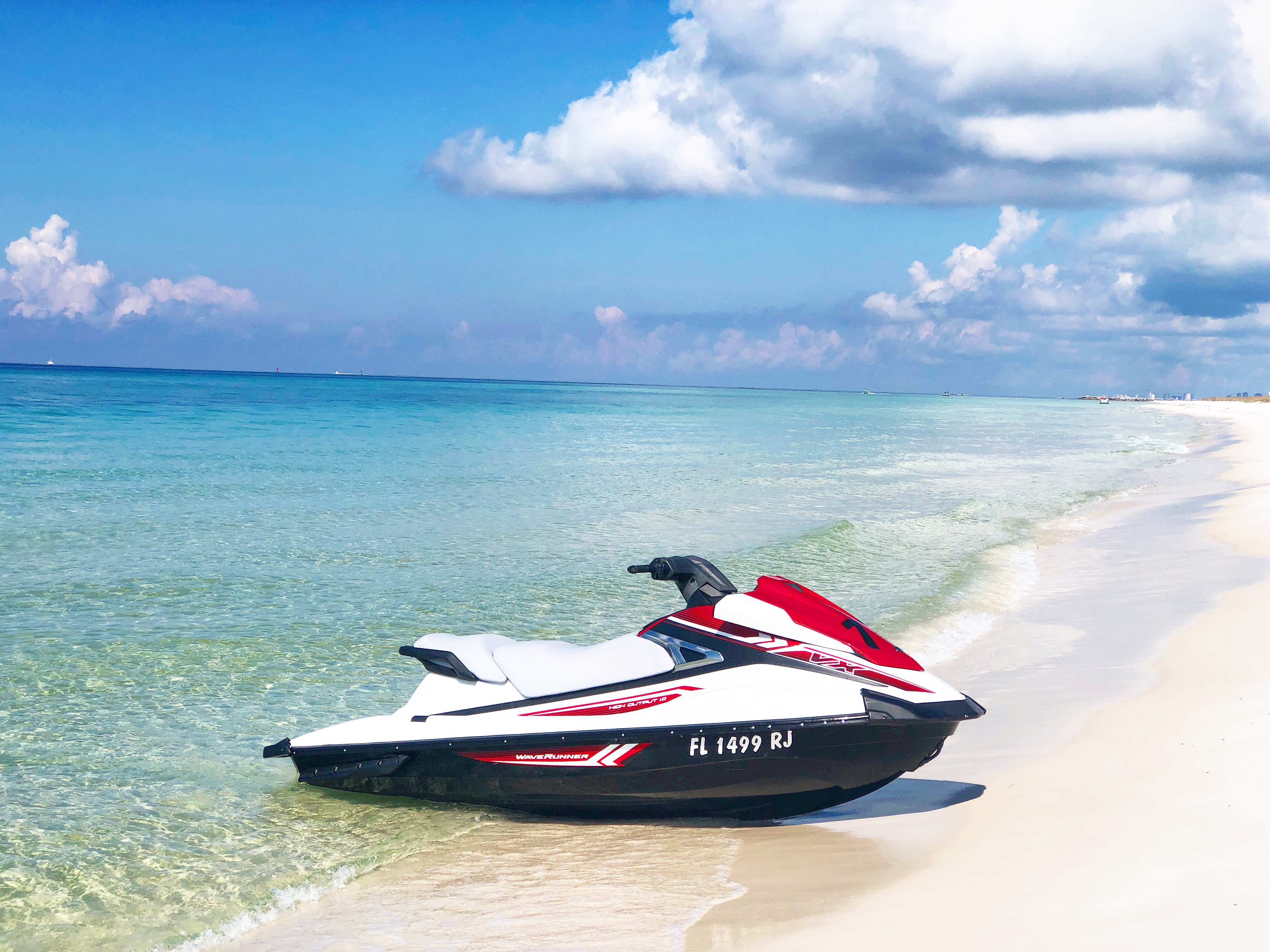
But if you’re someone that mostly goes out when there’s better than average chances of deep, soft snow, the Pagoda Tour 112 RPs might be your one-ski quiver.įrom the flex pattern to the sidewalls to the topsheet, the Pagoda Tour 112s feel like a resort ski but they somehow only weigh about 1,500 grams (a little over three pounds) per ski.
#ATOMIC SKIS NEAR ME SKIN#
(Ascending the skin track on my 120-millimeter powder boards can be tough on the feet and legs if you’re side-hilling a steep face.) If you ski narrow skis normally, this ski isn’t for you. I find that width wide enough to stay afloat without too much effort but narrow enough that it doesn’t negatively impact the uphill experience too much. Lengths: 156, 166, 176, and 186 centimeters | Waist Width: 105 millimeters| Weight: 3 pounds, 7.7 ounces (176 centimeter size)Īs someone who goes into the backcountry primarily to find soft snow, I’m biased towards fatter skis and have found that I like something near a 110-millimeter waist width if I’m only going to ski a single ski when touring. They’re still a light backcountry ski, so they’ll get tossed around more than some heavy-metal resort boards, but that’s about my only complaint so far. The sharp turn radius (15 meters at the 176-centimeter length) backs this up and I’ve found it easy to make quick moves in tight trees. The wide tip and tail splay combined with a fairly centered recommended mount point and gradual curves mean these skis are not at all “hooky” and pivot quickly to scrub speed or just spray a cloud of snow for the fun of it. They’re not the lightest backcountry ski you can buy, but they’re substantial enough to eat crud and initial impressions are they’ve got a durable build that’s also backed by a four-year warranty. Despite their fairly modest width, the rocker-camber-rocker profile keeps them afloat in deep powder. These are the skis I grab when I don’t know what I’m going to get.
#ATOMIC SKIS NEAR ME DRIVERS#
Weston only makes two models of skis and the Summits are their daily drivers with a 105 underfoot.

It was even more surprising when the skis were really, really good.

It was surprising when Weston, a company synonymous with backcountry snowboarding, started making skis a few years ago. Also consider the shape and profile of the skis, essentially what you like in resort skis you'll like in touring skis.īased on our research, these are the best backcountry skis on the market today. Keep in mind there's somewhat of a tradeoff between stability and weight, meaning the lighter your skis the less stability and power they offer.
#ATOMIC SKIS NEAR ME TRIAL#
Just how light you want to go is a combination of personal preference and trial and error.

Skis with a lot of metal that are heavy will require much more physical exertion on the up-hill, making it harder to fully enjoy the reward going down,” he cautions. “Lighter weight skis and boots allow you to make the most out of your day. Harvey Bierman, chief digital officer at Christy Sports, says weight concerns are the biggest difference when shopping for skis to use in the backcountry. Today’s backcountry skis use modern materials and construction techniques to thread the needle of lightweight skis that perform on the descent. The rapid growth of backcountry-or alpine touring- skiing in North America has helped fuel a ton of innovation in backcountry-specific skis, with established ski companies and startups alike delivering lightweight performance in innovative planks.


 0 kommentar(er)
0 kommentar(er)
